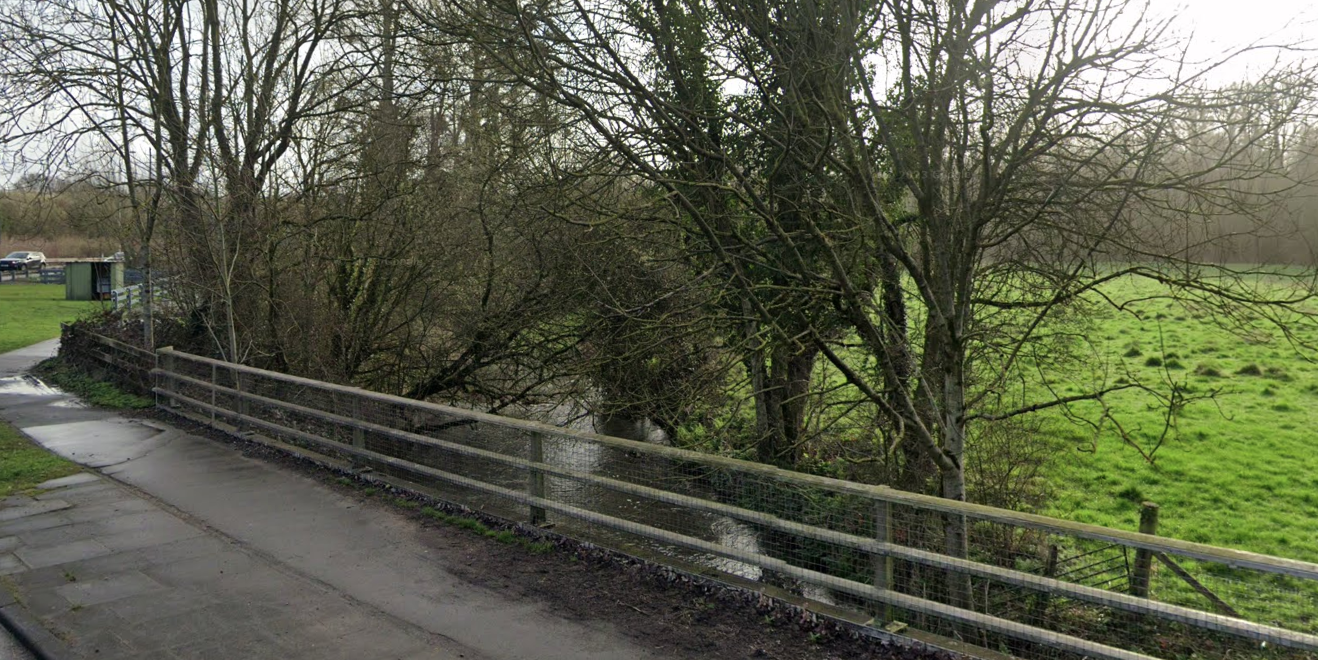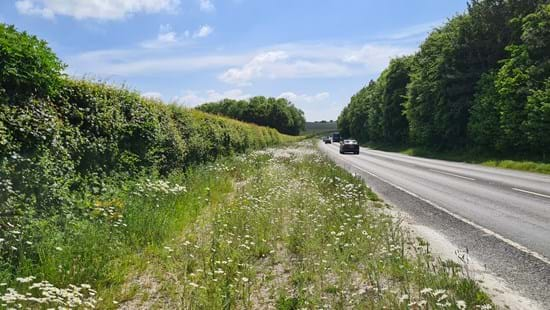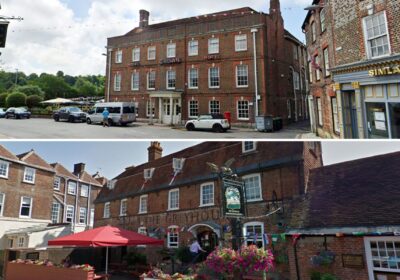MORE than £2 million is being invested to improve green spaces along the A303 between Amesbury and Andover.
Funded by National Highways, the project will see £1.5m spent on seeding wildflowers on 8.45 hectares of grassland along the route’s verges, with a further £500,000 has been diverted to a Wessex Rivers Trust scheme to enhance the River Avon between Durrington and Lord’s Walk in Amesbury, below the Countess Roundabout.
The scheme comes amid long delays to the A303 dualling scheme between Sparkford and Podimore, and a UNESCO warning over Stonehenge status should controversial development plans go ahead.
Meanwhile, National Highways has previously revealed a broader initiative to bring biodiversity to the verges of highways and meet the National Pollinators Strategy of no net biodiversity loss by 2025.
Other verges targeted by the initiative are those of the A35 in Dorset, the M4 in Wiltshire, and the A46 near Bath.
Steve Elderkin, environment sustainability division lead at National Highways, said: “Our goal is to support the wellbeing of current and future generations and we recognise, in particular, the environmental impact the road network can have on communities.
“We’re investing in the environment and communities surrounding our network, as well as the people travelling and working on it, and we’re pleased to be working with Amey and Chevron to deliver this roadside biodiversity scheme and supporting the Wessex Rivers Trust in their work to improve the biodiversity of the river surrounding the A303 in Wiltshire.”
READ MORE: Opening of £155M A303 upgrade delayed for around six months
READ MORE: UNESCO issue Stonehenge warning over plans for A303: Reports the Salisbury and Avon Gazette
READ MORE: Eco-friendly scheme to boost wildlife at Dorchester roundabouts

The River Avon under Countess Roundabout, Amesbury
The river restoration project aims to increase the Avon’s unique chalk stream habitats, benefitting Atlantic salmon, water voles and otters.
It was impacted by the bridges over Countess Roundabout installed in the 1960s, which required the river to be dredged.
The first phase of the scheme, installing gravel to reinstate the dredged riverbed, has been completed and further work will take place next year.
Matt Irvine, senior project officer of Wessex Rivers Trust, said: “This exciting project aims to improve nearly two miles of rare chalk stream habitat and improve fish passage upstream.
“It will help facilitate an improvement in the ecological condition of this stretch of the River Avon, benefitting many of our iconic species and opening up many miles of spawning opportunities for our fish species.”










Leave a Reply